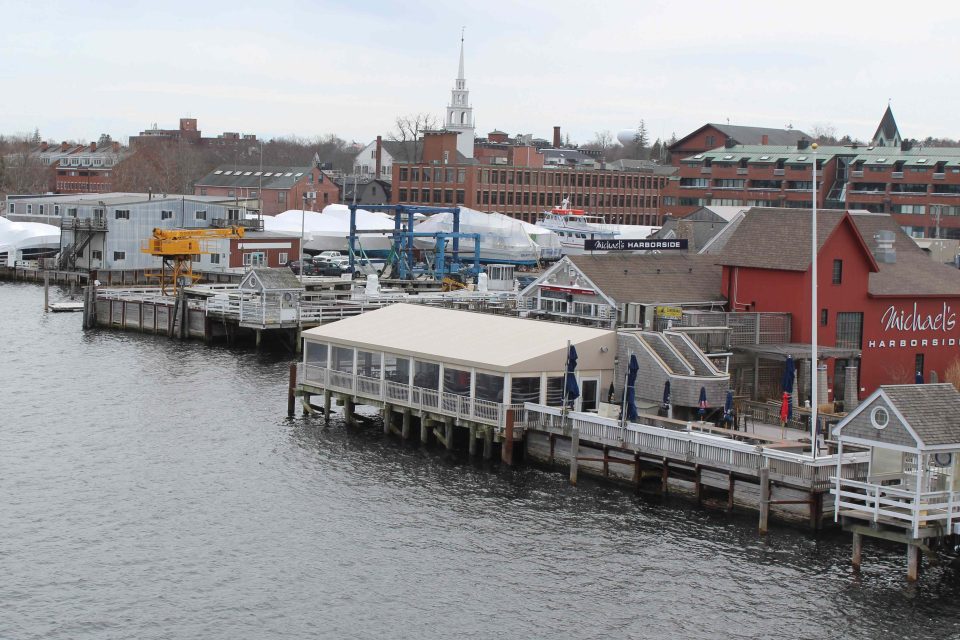REGIONAL – Congressional representatives in Massachusetts and New Hampshire have joined forces to fight a mutual problem – untreated sewage being dumped into the Merrimack River.
Massachusetts Reps. Lori Trahan and Seth Moulton joined New Hampshire Reps. Chris Pappas and Ann Kuster this month in asking House budget writers for $280 million this year to fund the U.S. Environmental Protection Agency’s Sewer Overflow and Stormwater Reuse Municipal Grant program.
Estimates are that about $1.6 billion is needed to stop the flow of untreated sewage into the Merrimack.
Last year, Massachusetts and New Hampshire got about $50 million each, according to the EPA, to rebuild municipal sewage systems that cause consolidated sewer overflows (CSOs). The appropriations are determined on a weighted formula that calculates the population and the average rainfall over the last decade.
“The Clean Water State Revolving Fund has been a useful tool to make improvements to the region’s wastewater infrastructure,” the representatives wrote. “However, the scale of need to protect the Merrimack and the communities in its watershed requires a major investment of federal grant support.”
John Macrone with the Merrimack Valley Watershed Council said the four representatives are “national leaders” in fighting CSOs. “Their primary concern has been helping Merrimack River communities get the funding they need to fix the river’s CSO problem.”
CSOs occur during heavy rainfalls in municipalities that do not have separate street drains and sewer pipes. During the storms, sewer plants in these cities are overwhelmed by the combination of rainwater and sewage and are forced to discharge untreated or partially treated sewage into the river.
The watershed council estimates that more than 500 million gallons of raw sewage are released into the 117-mile river yearly during 40 to 60 CSO events. If it takes two days for the river to discharge the sewage, that means the river is severely polluted 80 to 120 days a year.
About 600,000 people in the Merrimack River Valley get drinking water from the river.
Raw sewage also causes algae blooms, which may harm people and fish by depriving rivers and streams of oxygen, which kills fish and other marine life.
The major combined systems are in Haverhill, Lawrence, Lowell, Nashua, NH, and Manchester, NH. Some municipalities are making upgrades to reduce CSO discharges, but the cost of rebuilding such extensive infrastructure is beyond most state and municipal budgets.
There are more than 800 communities with CSOs across the nation.
Macrone said the Massachusetts and New Hampshire congressional representatives have “wisely sought out support from other representatives from across the nation and on both sides of the aisle, whose districts also have CSOs and who would benefit from additional funding.”
The city of Newburyport is installing signage along the riverfront that alerts users of the river when there has been a CSO event.
“Many people aren’t aware that sewage is regularly discharged into the river, and that it can be unhealthy to swim in the river for two or so days after a significant rainstorm,” Macrone wrote in an email.
“Ultimately (the signage) also gets people wondering why there is sewage in the river, and why the problem hasn’t been fixed,” wrote Macrone, a policy and education specialist with the Watershed Council. “We need that kind of public awareness in order to fix this problem.”
Stop Dumping Sewage in the River
Tuesday April 18, 2023




